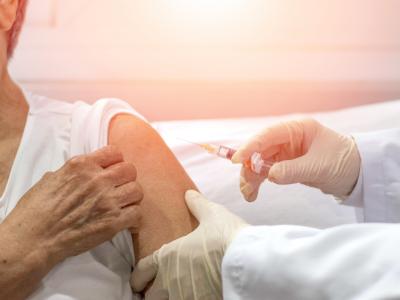Flu levels rise in some Southern Hemisphere countries
Flu season markers in the Southern Hemisphere show a mixed picture, with increases recorded in southern Africa and parts of South America, with low activity for this time of year in Australia and New Zealand, the World Health Organization (WHO) said in its most recent update.
For Brazil, 2009 H1N1 activity was reported as low, with severe disease indicators continuing to drop. In Colombia and Bolivia, flu activity seems to have peaked in the last few weeks at high levels than in the past few years. The WHO said, though, that flu is rising in more temperate areas such Chile and Paraguay.
Most of southern Africa's flu rise is from influenza B, followed by H3N2. For central and northern Africa, flu activity was generally low, with H3N2 the predominant strain.
Little flu activity was seen in the Northern Hemisphere, where influenza B is the most common detection.
At the global level, testing over the past few weeks showed that 66% of viruses were influenza A. Of the influenza A viruses that were subtyped, 57% were 2009 H1N1.
Jul 25 WHO global flu update
In flu vaccine developments, FluGen, Inc., a pharmaceutical company based in Madison, Wisc., announced yesterday that a phase 1 trial has launched of its universal flu vaccine. Called RedeeFlu, the vaccine is made from novel M2-deleted single replication (M2SR) viruses. It is designed to prompt a rapid antibody and cellular response without producing infectious virus. The company said preclinical studies showed superiority against drifted and mismatched flu strains compared with live and inactivated flu vaccine.
In the phase 1 trial, the vaccine will be given to 96 healthy adults ages 18 to 49, and researchers will assess safety and measure the antibody and T-cell response.
Jul 27 FluGen press release
Low-pathogenic H7N7 avian flu found in Denmark
The World Organization for Animal Health (OIE) released details yesterday of an outbreak of low-pathogenic H7N7 avian influenza on a mallard duck farm in Brenderup, Denmark.
The farm, which breeds mallards for hunting, does not produce any poultry or eggs. The OIE said 3,050 birds were destroyed after the virus was detected during a routine surveillance program.
Danish authorities said they will be upping surveillance efforts in a1-km restricted zone around the farm.
Jul 27 OIE report









